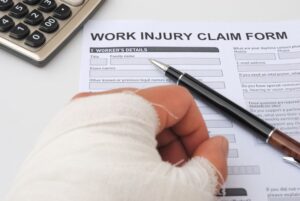
Social Security Disability Statistics
When you are unable to work, the Social Security Administration (SSA) has benefits in place to help you live with dignity, accounting for your needs and the challenges you face.

When you are unable to work, the Social Security Administration (SSA) has benefits in place to help you live with dignity, accounting for your needs and the challenges you face.

When an injury keep you from working, you have a few options for help. Both workers’ compensation and long-term disability insurance can cover wage loss and other costs of living.

After suffering a serious injury, your ability to work may be severely impacted. If your injuries result in disability, you may be eligible for assistance from the Social Security Administration.

When workers are injured, it’s important that they receive their workers’ compensation benefits to cover medical bills and costs of living. These benefits can mean the difference between dignity and
UTAH INJURY LAWYERS
Flickinger • Boulton
• Robson • Weeks
PROVO OFFICE
3000 N University Ave
Suite 300
Provo, UT 84604
SOUTH JORDAN OFFICE
10393 S. Temple Dr.
Suite 103
South Jordan, Utah 84095
OFFICE HOURS
Monday- Friday: 8AM-5PM
Saturday-Sunday: Closed
*Disclaimer: the information provided by this website is for informational purposes only and should not be considered legal advice or a substitute for competent legal counsel.
**SMS consent and contact phone numbers will not be shared or sold to third parties or their affiliates for any purpose.
© 2025 All Rights Reserved.